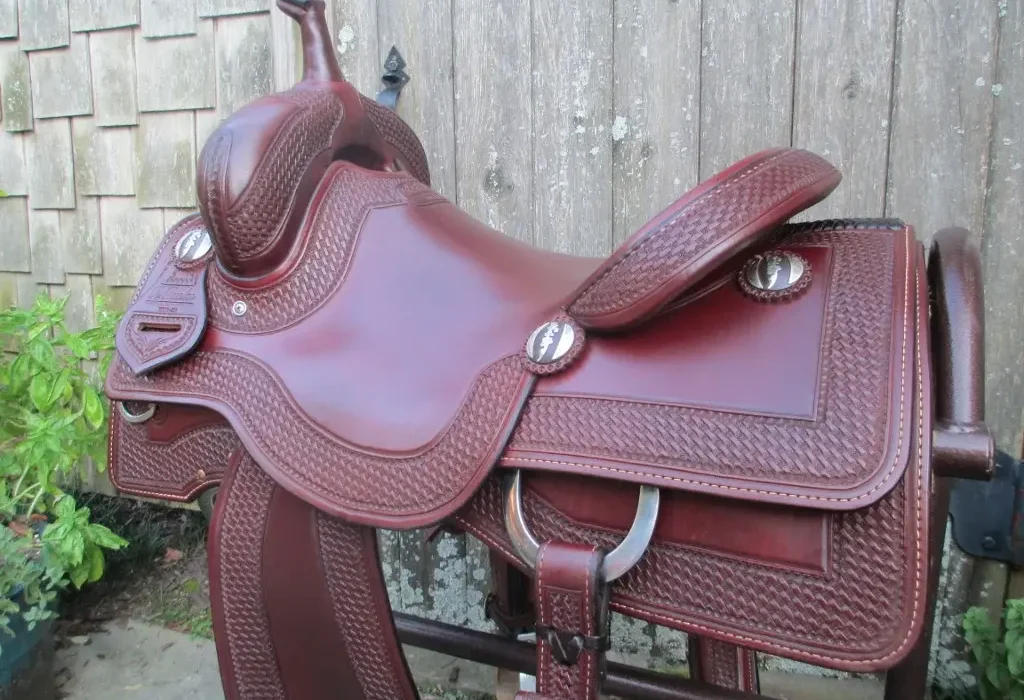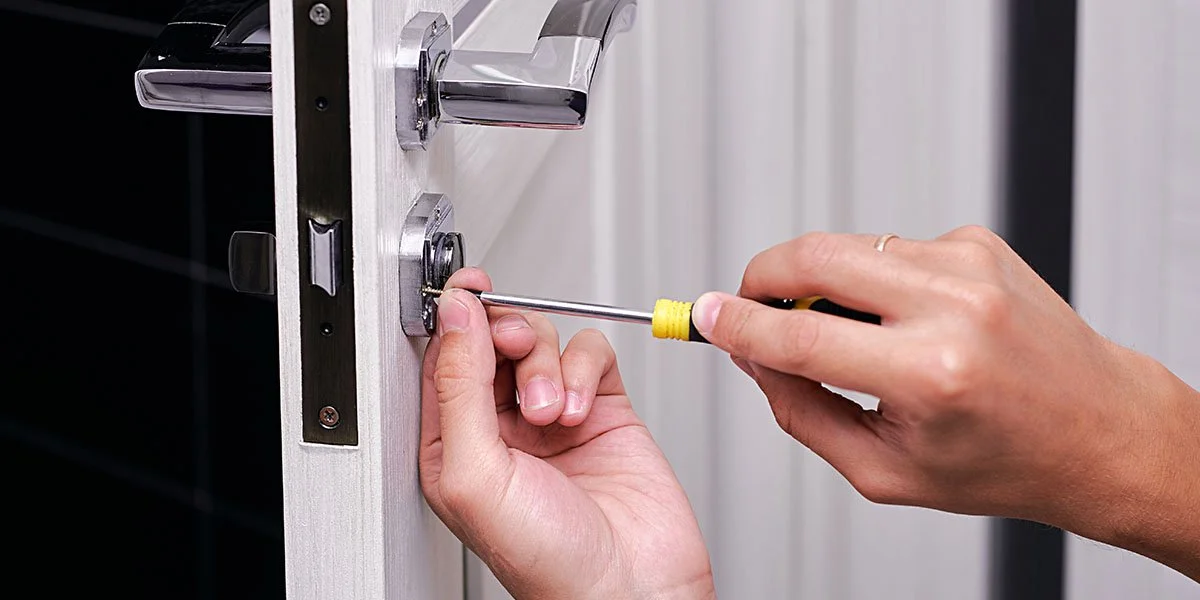Cutting, a dynamic Western riding sport, requires horse and rider to work together seamlessly to separate a single cow from a herd and prevent it from rejoining the group. In this thrilling and challenging discipline, the role of cutting saddles is pivotal. These specialized saddles are meticulously designed to provide riders with the stability, control, and comfort needed to excel in cutting competitions. This comprehensive guide delves into the world of cutting saddles, exploring their significance in the sport, their intricate anatomy, the different types available, how to choose the ideal saddle, and essential care and maintenance tips.
The Art of Cutting
The Cutting Discipline Cutting is often referred to as the “rodeo of finesse” due to its emphasis on precision and agility. In this sport, horse and rider must exhibit quick, well-timed movements to outmaneuver cattle and showcase their skill in controlling the herd. It’s a challenging and exciting discipline that requires split-second decisions and exceptional horsemanship.
The Crucial Role of Cutting Saddles Cutting saddles are the unsung heroes of this sport. They are essential tools that enable riders to make swift and precise movements while maintaining control, balance, and a close connection with their horses. Let’s explore the anatomy of cutting saddles.
Anatomy of Cutting Saddles
Understanding the key components of cutting saddles is essential for selecting the perfect one:
Saddle Tree The saddle tree forms the core structure of the cutting saddle, providing stability and support. It is designed to ensure the rider maintains close contact with the horse, enabling effective communication and quick cues.
Seat Cutting saddles feature a deep, secure seat that allows riders to maintain balance during rapid, lateral movements. The deep seat provides stability and comfort, ensuring the rider can focus on the task at hand without fear of being unseated.
Skirt The skirt of a cutting saddle is typically shorter and rounded to maximize contact between the rider’s leg and the horse. This design facilitates precise cues and helps the rider maintain stability during quick, lateral movements.
Fenders and Stirrups Cutting saddles are equipped with fenders and stirrups that allow the rider’s legs to hang freely. This design provides the rider with the ability to make swift, precise cues and maintain close contact with the horse.
Rigging Cutting saddles usually feature in-skirt rigging, which enhances the rider’s proximity to the horse. This rigging style ensures that the saddle remains secure and stable during the rapid and agile movements involved in cutting.
Types of Cutting Saddles
Cutting saddles come in various styles to cater to different riding preferences:
Traditional Cutting Saddle Traditional cutting saddles are known for their straightforward, functional design. They prioritize clear communication between rider and horse, making them ideal for training and working cattle.
Show Cutting Saddle Show cutting saddles are designed with intricate tooling, decorative features, and often, silver accents. They are used in cutting competitions, adding a touch of style to the rider’s performance.
Choosing the Perfect Cutting Saddle
Consider Your Riding Style When selecting a cutting saddle, consider your riding style and goals. Traditional cutting saddles are excellent for training and working cattle, while show cutting saddles add a stylish touch for competitive events.
Evaluate Saddle Fit Proper saddle fit for both the horse and the rider is crucial. The saddle tree should match the horse’s back shape, and the saddle should provide a comfortable, balanced seat for the rider.
Material and Quality Invest in a high-quality cutting saddle crafted from durable materials. The quality of craftsmanship and materials used significantly affect the saddle’s performance and longevity.
Tooling and Design Consider the tooling and design of the saddle. Traditional cutting saddles maintain a straightforward appearance, while show cutting saddles feature more decorative elements. Your choice should reflect your riding style and preferences.
Caring for Your Cutting Saddle
Proper saddle care is essential to maintain its performance and appearance. Regular cleaning, conditioning, and storage in a cool, dry place will ensure that your cutting saddle continues to serve you and your horse effectively for years to come.
Conclusion
Cutting saddles are more than just riding equipment; they are indispensable tools in the art of cutting. Whether you are a passionate cutting enthusiast, a dedicated trainer, or a competitive equestrian, the perfect cutting saddle is your key to success in this precision-driven discipline. Choose your saddle thoughtfully, and embark on your cutting journey with confidence, knowing you have the finest equipment to support your pursuit of excellence in the thrilling world of cutting.





